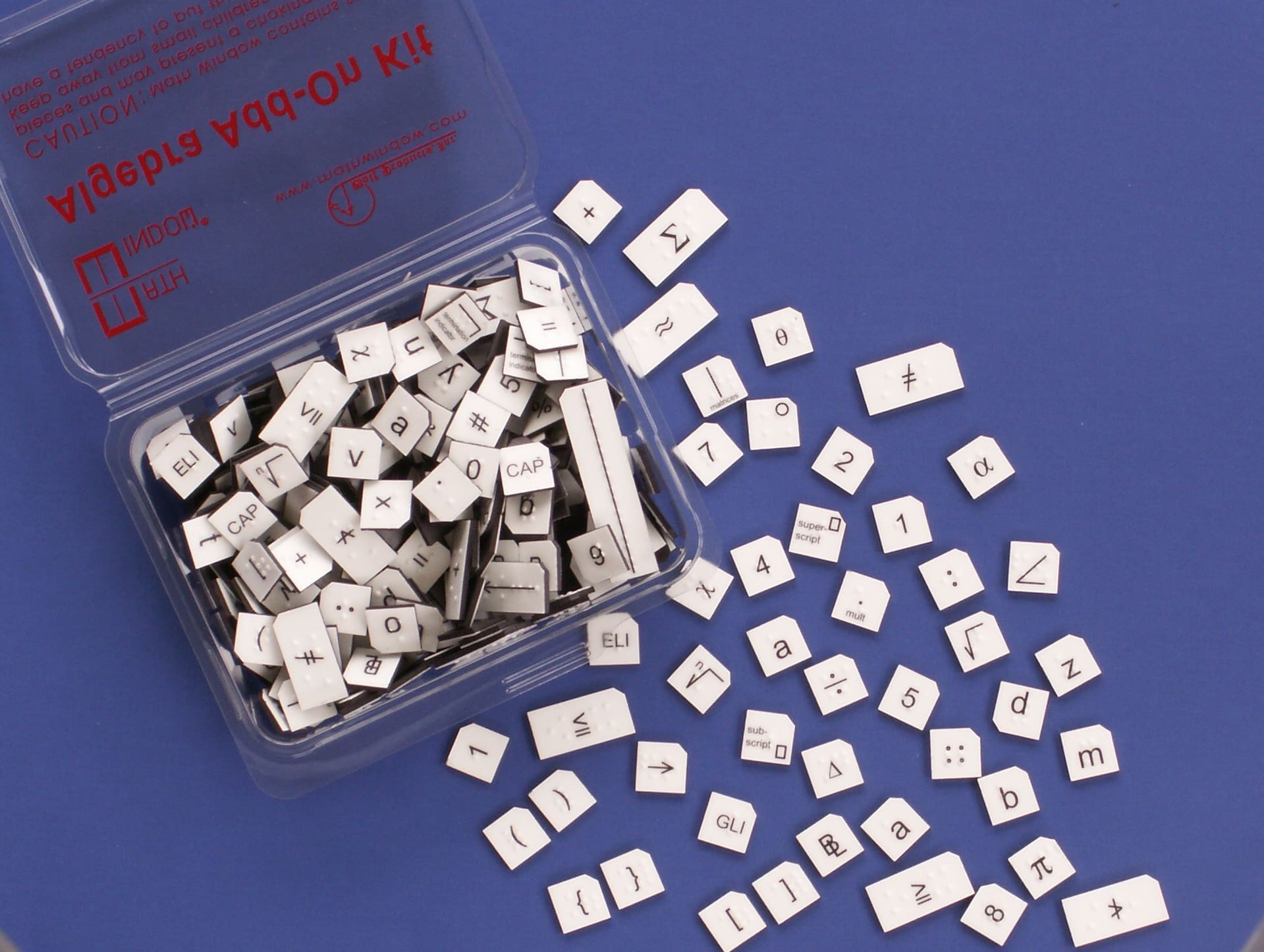How Do I Know Which Braille Version I Need?
Please consult your state or country educational authority as to which Braille code to use. Below are descriptions of each for your reference.
UEB (Unified English Braille)
Unified English Braille is intended to develop one set of rules, the same everywhere in the world, which could be applied across various types of English-language material. The notable exception to this unification is Music Braille, which UEB specifically does not encompass, because it is already well-standardized internationally. Unified English Braille is designed to be readily understood by people familiar with the literary braille (used in standard prose writing), while also including support for specialized math and science symbols, computer-related symbols (the @ sign as well as more specialized programming-language syntax), foreign alphabets, and visual effects (bullets, bold type, accent marks, and so on).
Source: https://en.wikipedia.org/wiki/Unified_English_Braille
Nemeth Code
This Braille Code for Mathematics and Science Notation has been prepared to provide a system of symbols which will allow technical literature to be presented and read in braille. The Code is intended to convey as accurate an impression as is possible to the braille reader of the corresponding printed text, and this is one of its principal features. When the braille reader has a clear conception of the corresponding printed text, the area of communication between himself and his teacher, his colleagues, his associates, and the world at large is greatly broadened. A test of the accuracy with which the Code conveys information from the print to the braille text is to effect a transcription in the reverse direction. The amount of agreement between the original printed text and one transcribed from the braille is a measure of the Code’s accuracy.
Source: https://en.wikipedia.org/wiki/Nemeth_Braille
Large Print
The large print format provides the same content as standard print, only in larger font to help those with visual impairments read more easily. Large print is generally defined as print that is larger than print sizes of 8 to 12 points commonly used by the general population. The large print tiles are a fun way for low vision students to learn math concepts And don’t forget, each tile contains 75 point print and Braille (in the lower left corner)!
Print Only ( No Braille )
For Math Challenged students. This kit does not have Braille and is for sighted students who need a little extra help with math concepts and procedures.





